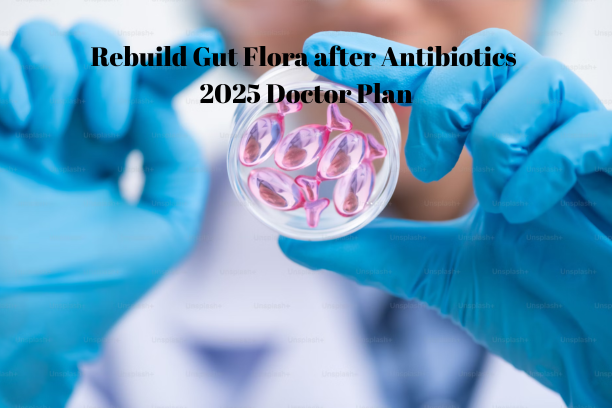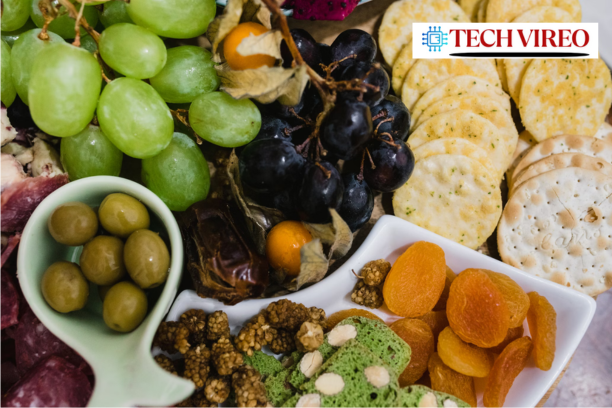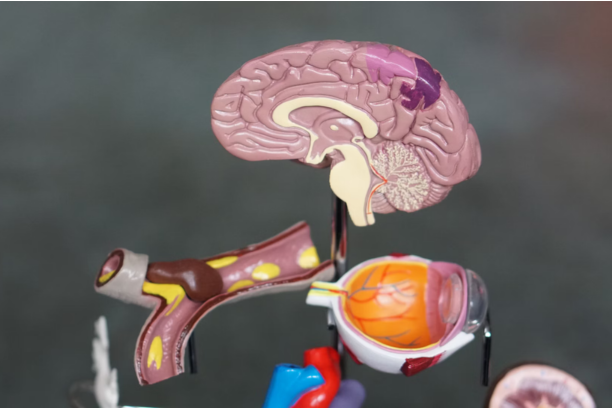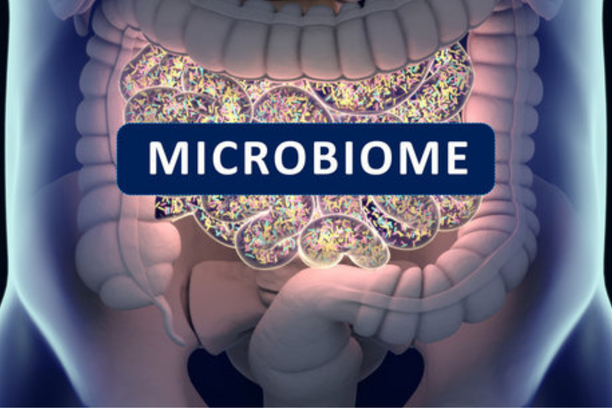Why Gut Recovery Post-Antibiotics Is Critical
In 2025, recovering gut health after antibiotics has become more important than ever. While antibiotics remain essential in modern medicine, their impact on gut microbiome diversity is significant. These medications don’t just eliminate harmful pathogens—they also strip away the beneficial bacteria that support digestive health, immune function, and nutrient absorption. Across the USA, UK, and Canada, more individuals are experiencing long-term effects from antibiotics due to increased overprescription, seasonal post-viral treatments, and pandemic aftercare protocols.
This rise in microbiome imbalance contributes to issues like bloating, fatigue, food sensitivities, and even weakened immunity. Intentional gut recovery isn’t optional—it’s a key strategy for rebuilding microbial diversity and supporting the immune system. Understanding the antibiotic effects on gut health is the first step in restoring balance and promoting lasting wellness.
What Happens to Gut Flora After Antibiotic Use?
When you take antibiotics, they target all bacteria—both the bad and the good. This creates an imbalance in your intestinal microbiota, disrupting gut flora balance and paving the way for leaky gut, inflammation, and unwanted pathogens like Candida to thrive.
Some common long-term symptoms include:
- Persistent fatigue
- Bloating and irregular digestion
- IBS symptoms (irritable bowel syndrome)
- Skin breakouts and eczema
- Weakened immunity
This is the biological aftermath of what antibiotics do to gut bacteria—and unless we rebuild, the damage can linger for months or years.
Signs Your Gut Needs Rebuilding
Not sure if your gut needs attention after antibiotics? Watch for these signs of an unhealthy gut microbiome:
- Gas, bloating, or constipation
- Frequent colds or sluggish immunity
- New or worsening food intolerances
- Brain fog, low focus, or irritability
- Skin inflammation like acne or rashes
- Cravings for sugar and carbs
These signs point to short-chain fatty acid deficiency, a damaged intestinal lining, and a drop in diversity among your gut bacteria—all issues that demand action.
Doctor-Recommended Protocol to Rebuild Gut Flora Naturally
Healing your gut after antibiotics requires more than a probiotic pill. Here’s a step-by-step doctor-approved microbiome recovery plan used across the USA, UK, and Canada in 2025.
Step 1: Remove Inflammatory Foods
Eliminate anything that fuels inflammation:
- Added sugar
- Refined carbs
- Gluten and dairy (temporarily)
- Processed seed oils (like canola, soybean)
These foods worsen leaky gut and slow your healing.
Step 2: Reintroduce Healthy Gut Foods
Focus on nutrient-dense, anti-inflammatory foods:
- Fermented foods (kimchi, kefir, miso, sauerkraut)
- Bone broth for collagen and gut lining repair
- Leafy greens and cruciferous vegetables
- Prebiotic fibers from oats, apples, and flaxseed
Explore microbiome-friendly foods for IBS relief or UK gut-friendly recipes using fermented foods to make meals both healing and delicious.
Step 3: Restore with Probiotics & Prebiotics
Use probiotics for gut health—ideally spore-based or multi-strain formulas.
- Spore probiotics are stable and survive stomach acid
- Combine with prebiotic foods like garlic, leeks, and onions
If you’re 50+, look into the best probiotics for gut health over 50, designed to support age-related microbiome shifts.

Supplements to Speed Up Gut Recovery
To boost the process, these gut-healing supplements are doctor-recommended and widely available in the USA, UK, and Canada:
- Probiotics: Choose reputable brands with diverse strains
- Digestive enzymes: Help break down food and reduce bloating
- L-glutamine: Repairs and strengthens the gut lining
- Zinc carnosine: Supports mucosal barrier integrity
- Omega-3 fatty acids: Fight inflammation
- Butyrate supplements: Restore short-chain fatty acids
- Herbal gut soothers like slippery elm or marshmallow root
Check out the best supplements for gut healing in Canada or affordable gut health supplements in the USA if you’re looking for top-quality, region-specific options.
Lifestyle Habits That Support Gut Rebuilding
Food and supplements matter—but your daily habits play an equally big role in gut flora recovery. Focus on:
- Stress reduction: Try yoga, journaling, or nature walks
- Prioritizing sleep: 7–9 hours of uninterrupted rest
- Exercise: Moderate, regular movement boosts gut bacteria
- Mindful eating: Eat slowly and avoid distractions
- Avoid alcohol, NSAIDs, and late-night meals
This lifestyle shift supports the gut-brain connection, reducing anxiety, improving focus, and preventing further inflammation. Yes—gut health affects anxiety and mood more than most realize.
How Long Does It Take to Restore Gut Flora?
Healing timelines vary, but here’s what doctors in 2025 say:
- Mild symptoms: 2–4 weeks with consistent habits
- Moderate imbalance: 6–12 weeks
- Severe dysbiosis: 3–6 months or longer
For deeper insight, consider personalized microbiome tests in the USA or testing kits offered by labs in the UK and Canada. These tools help track progress and adjust your plan.
Stick with your gut health protocol recommended by doctors in the UK, or seek a certified functional medicine practitioner in your region to guide your recovery.
Explore the benefits of a balanced gut microbiome—a thriving gut supports digestion, skin health, mood, metabolism, and immunity long term.




